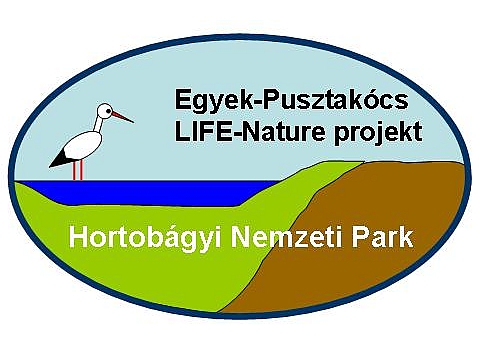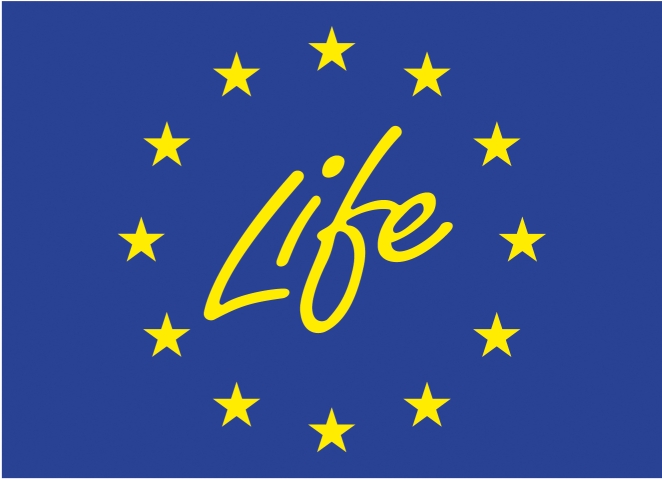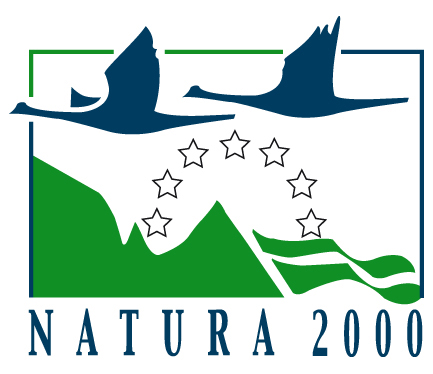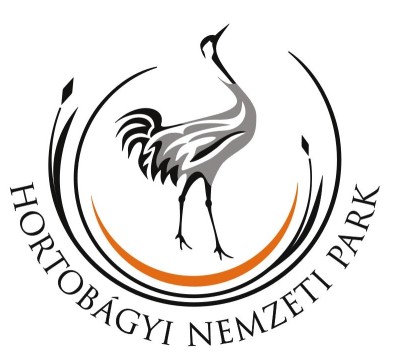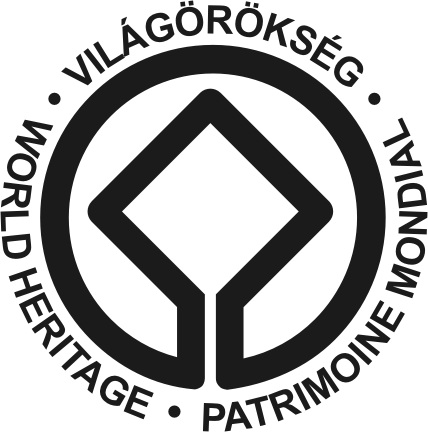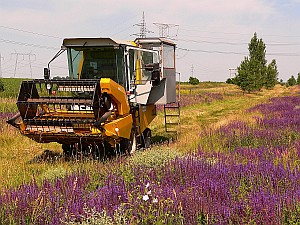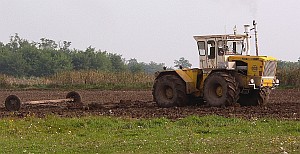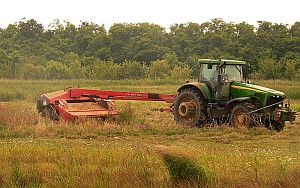Grassland restoration on arable lands
Grassland restoration is the most important aim of the project. The targets of restoration are pannonic loess grasslands (Natura 2000 code: 6250) and pannonic salt steppes (code: 1530). These habitat types are restored on a total of c. 750 ha in 22 key areas (ecological corridors and buffer zones). To our knowledge, by total surface area, this project is the largest grassland restoration in Europe.
The restoration target is defined as systems in which the diversity of species characteristic to target grasslands increases from year to year. The technical implementation progressed in the following steps in each year between 2005 and 2008:
1. Obtaining seeds
Seeds of three species of native grasses were collected by harvesting in May/June or purchased from commercial sources. We then prepared two seed mixtures for sowing:
- alkali mixture: 66% Festuca pseudovina, 33% Poa angustifolia
- loess mixture: 40% Festuca rupicola, 30% Poa angustifolia, 30% Bromus inermis
2.
Soil preparation
We started grassland restoration on lands that had been previously used as alfalfa, grain or sunflower fields. Soil preparation was carried out by deep ploughing and disk harrowing
in July or August of each year.
3.
Sowing
Sowing was conducted in September and early October with the two mixtures of native grass seeds. Loess mixture was sown on higher loess plateaus, whereas the alkali mixture was used in lower-lying, more alkali areas. The October rains were important in the germination of the seeds sown.
4. Mowing
The restored fields were invaded by weeds the next spring and summer. Before most weeds could produce seeds, we mowed the restored fields in early June to control the spreading of weeds. The weed cover was actually beneficial for the development of the sown grasses as it provided a more humid microclimate and protection from the sun to young grass shoots.
5. Further management
Depending on the development of their vegetation, the restored grasslands were further managed by grazing and mowing from the second year following the restoration. Grazing is the preferred post-restoration management as livestock (cattle, sheep) can enhance the colonization of plants of conservation value from nearby native grasslands.
Our results suggest that the restoration process can be quite quick. Alkali restorations approached the species set of target alkali steppes in only 3 years. The restoration of loess grasslands is expected to take much longer. The floristic diversity of restored plots after 3 years was equivalent to that of a 11-year-old naturally revegetating abandoned old alfalfa field. For more details, please see the project booklet available here (pdf, 10 MB). For even more details, please two recent papers on the short-term changes in the flora and the fauna of the restored lands.
|

